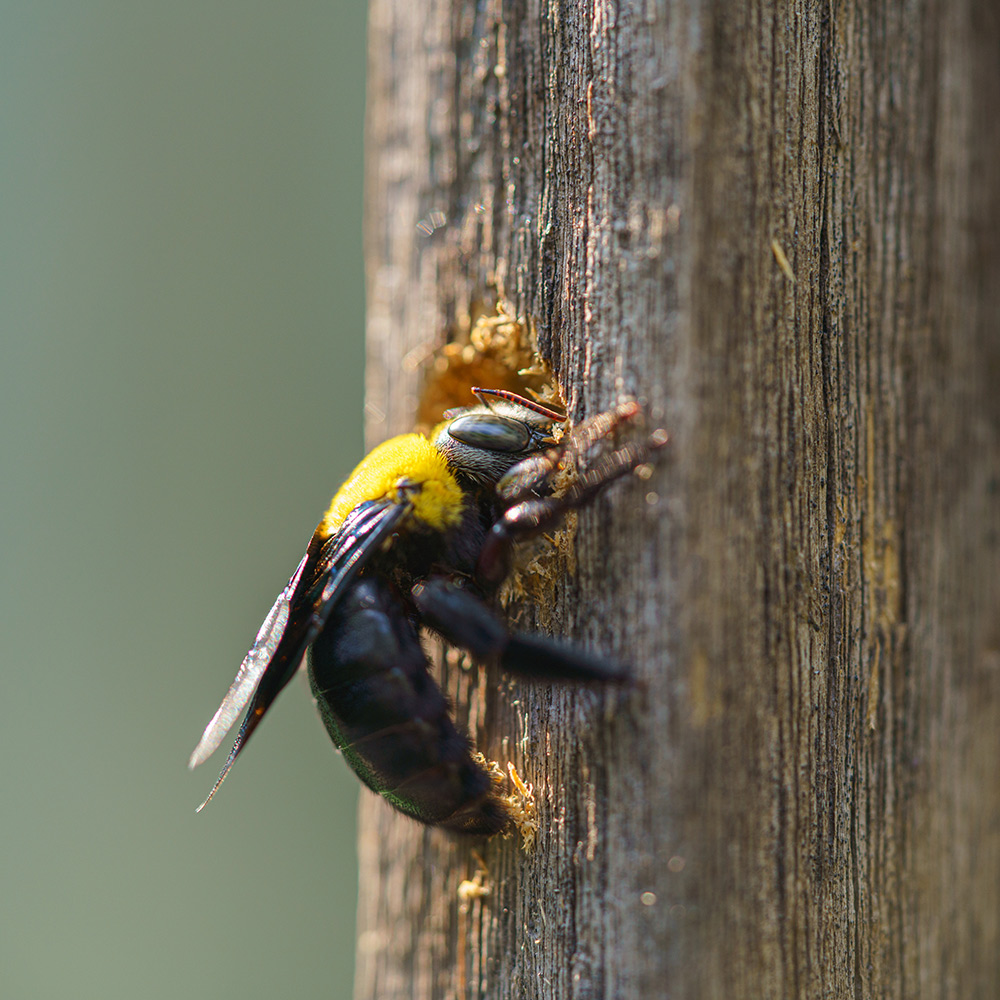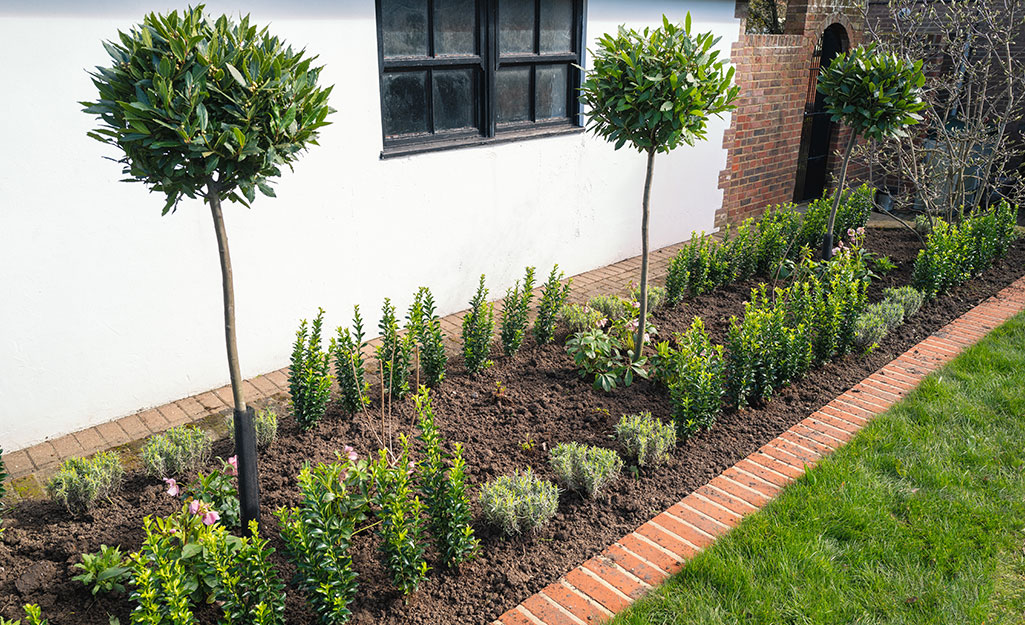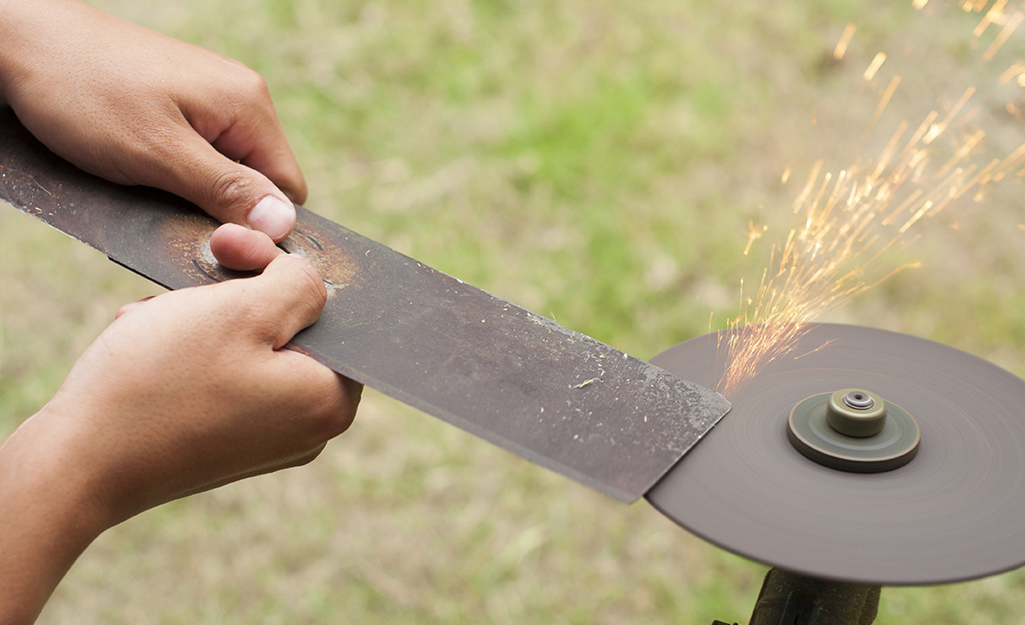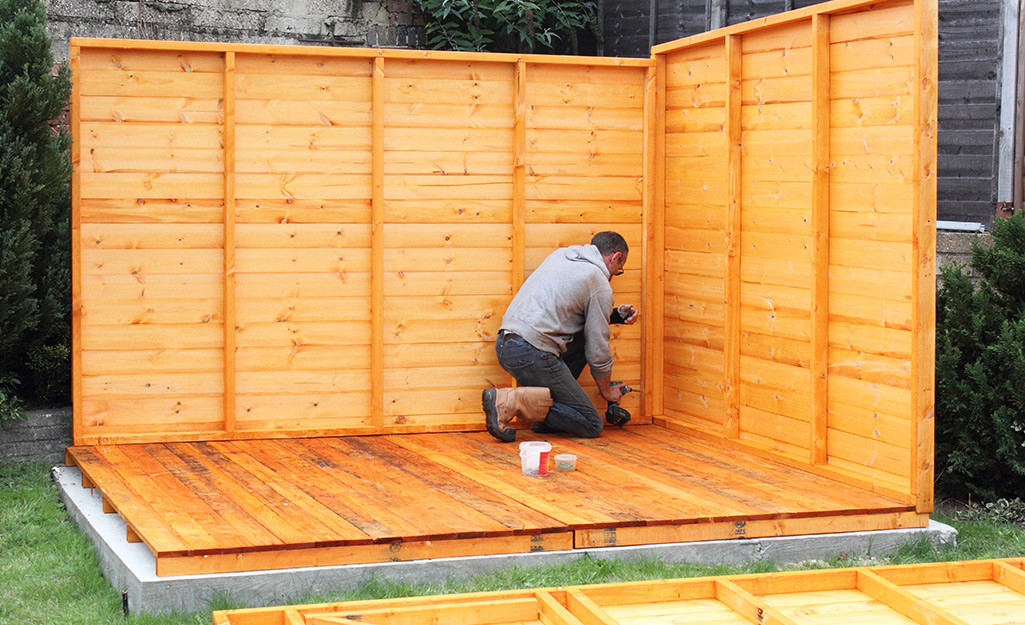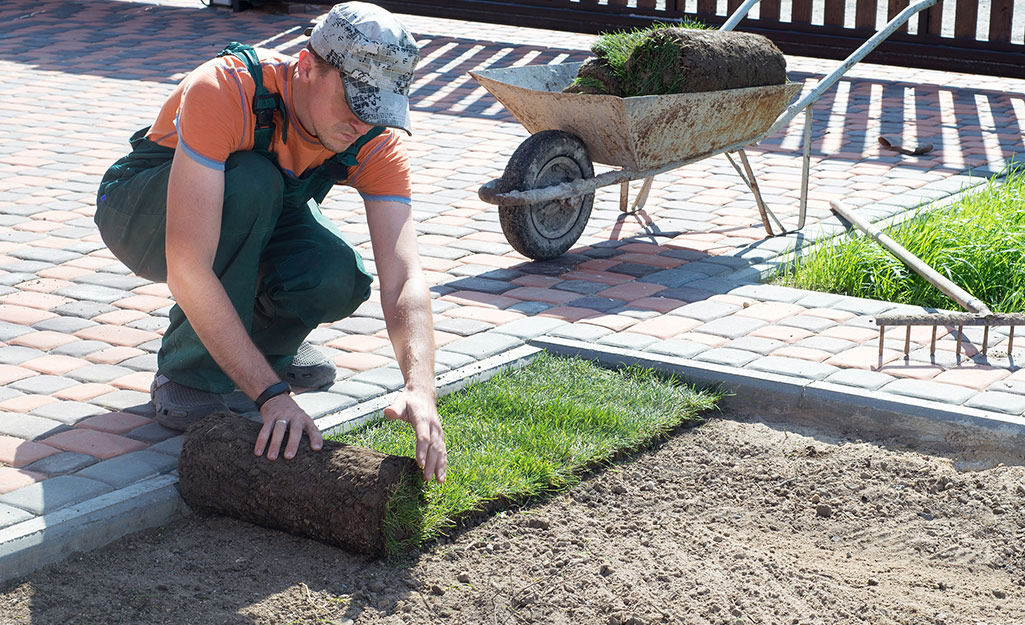
Do you have what you need to make your garden grow?


Garden Center
Store Hours
Mon-Sat:
6:00am - 10:00pm
Sun:
7:00am - 8:00pm
Curbside:
09:00am - 6:00pm
Location
Shop Outdoor and Garden Supplies Near You
Shop Plants Online
Garden Project Calculators
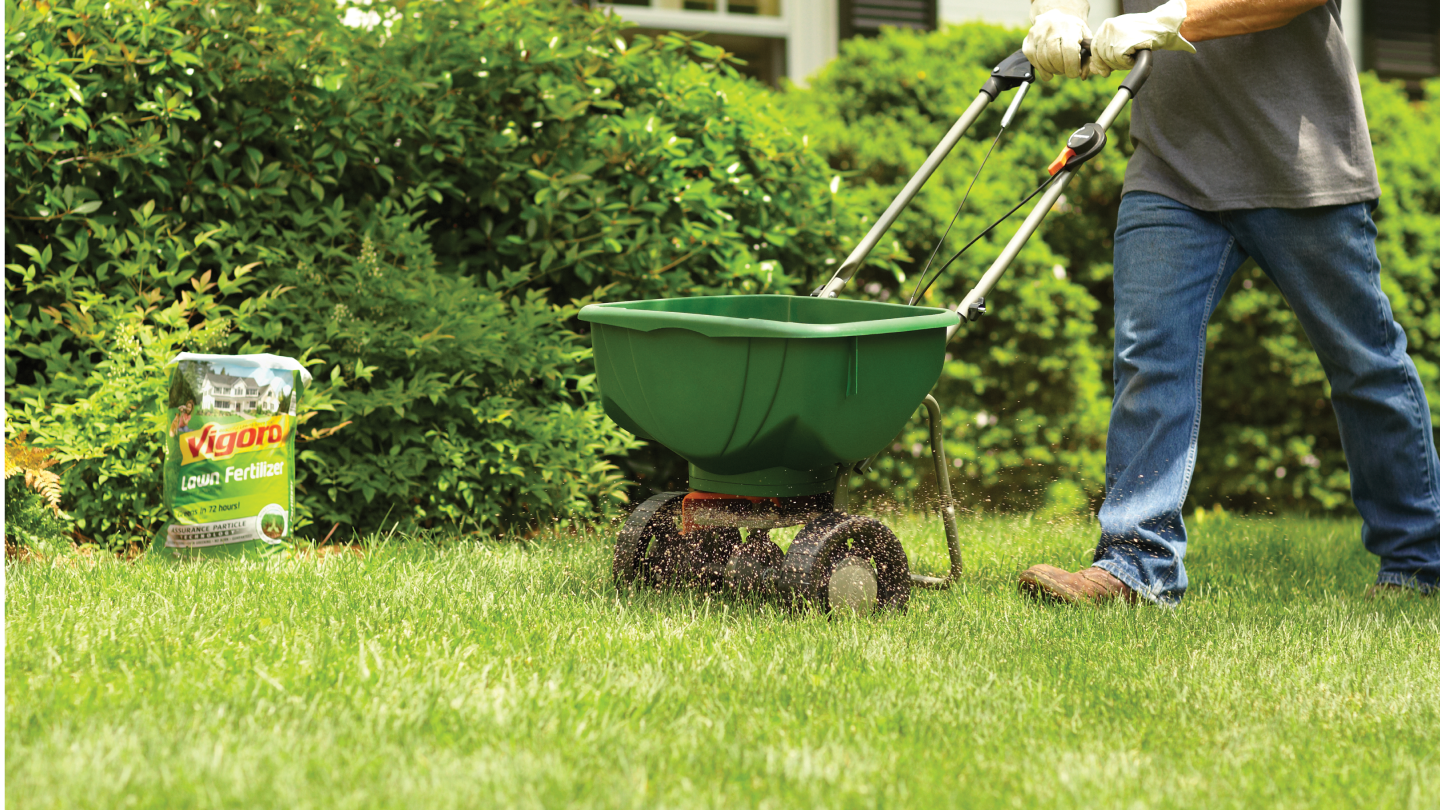;Resize=(703,395.44))
Grass Seed Calculator
When you're ready to seed your lawn, our calculator helps you estimate the amount of grass seed you'll need to get the job done.
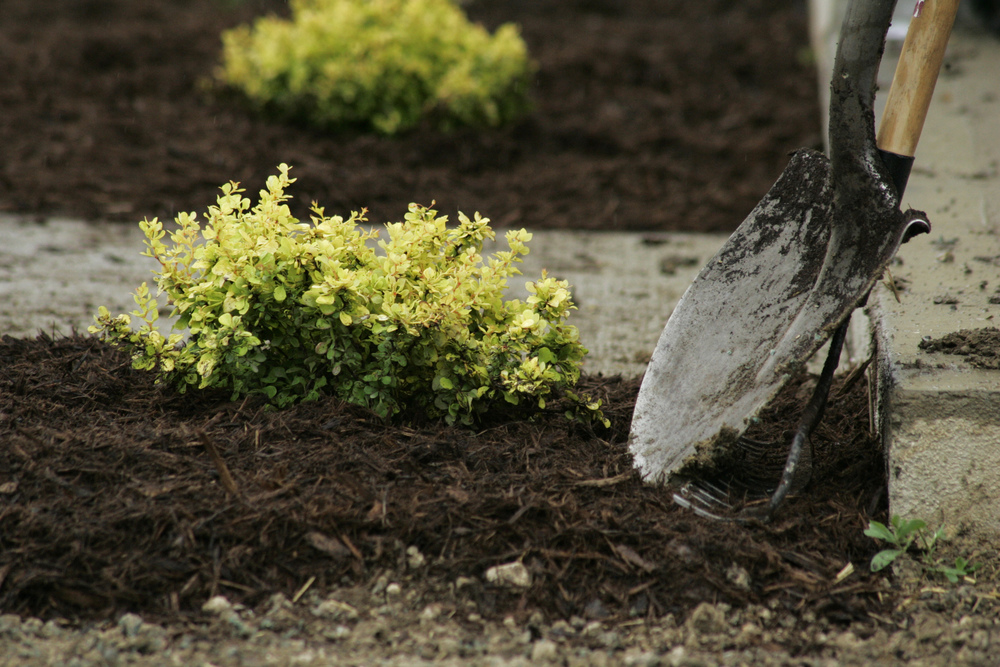;Resize=(703,395.44))
Mulch Calculator
Enter your preferred material, the square footage and mulch depth of the coverage space for accurate results.
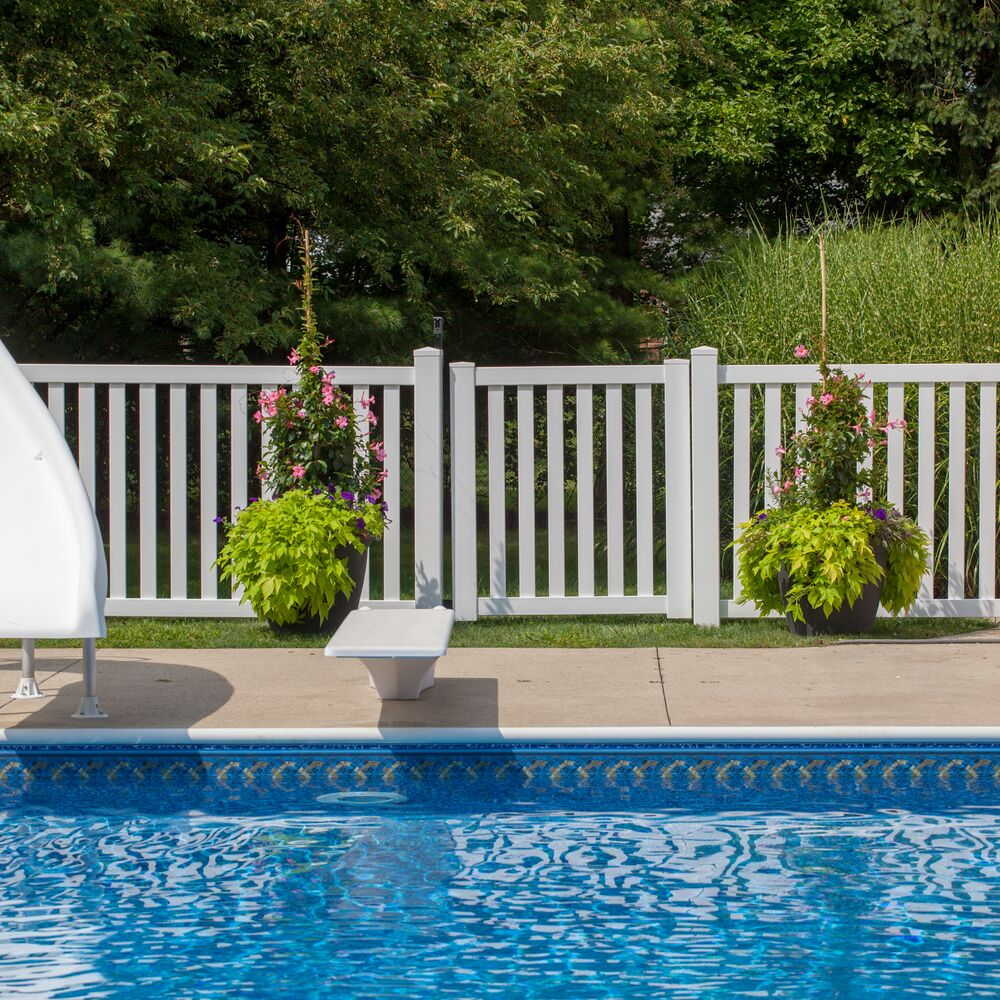;Resize=(703,395.44))
Fencing Calculator
We'll calculate the amount of fencing you should purchase based on your property needs.
Shop Outdoor and Garden Brands
Frequently Asked Questions About Gardening
How do I harvest my garden veggies?
To pick your produce, push aside the leaves and pinch the stem just above the vegetable. Hold the stem tightly with the fingers of one hand, then with your dominant hand, twist the produce. Keep rotating the veggie, watching the stem twist, until it breaks free of the main stem.
Should I get a wood chipper or a log splitter?
Log splitters leave you with more manageable chunks of wood, while wood chippers make tiny wood chips. After pruning bushes and trees with hedge trimmers or a gas chainsaw, clean up the debris in a wood chipper. If your trees are healthy, the bark chips and chopped wood make fresh mulch that you can spread around your fall flowers and plants. If you removed a tree, you can either get a log splitter or a wedge and a sledgehammer to break up the downed tree into smaller pieces. The wood splitter will be quicker and a wise investment if you're doing a large amount of tree cleanup, and the bigger the splitter, the better.
How do I get rid of all these leaves?
Although it may sometimes feel like a losing battle, you can stay on top of leaf maintenance. For an economical and quiet cleanup method, rake your leaves. We've also got leaf blowers if you'd prefer an outdoor power tool instead.
How do I store my garden tools for the season?
Give your garden and lawn a good cleaning, then store the tools for the winter. Remove dirt and grime with a soak in soapy water, then dry your tools well. Next, soak them in a bleach and water mix for 20 minutes to kill off any fungus, and follow with a rinse. Then, scrub off rust specks with a wire brush, oil them with WD-40 or vegetable oil if necessary, and ensure they're dry before hanging them in a shed or garage.
When do I winterize a pool?
Once the heat of summer dissipates, winterize the pool before the cold really moves in. Clean and vacuum the pool with a special pool vacuum, then drain the water. Use a swimming pool cover to help prevent the pipes or even the pool wall itself from becoming cracked or weakened if water freezes and expands inside. While you're at it, drain and cover outdoor faucets and irrigation systems, too.
What tools do I need for snow removal?
In climates where it gets cold and snowy, early fall is the time to prepare your snow removal tools. Snow blowers are great, but keep a snow shovel or two to chip away ice patches and clear trouble spots. Find one-, two-, and three-stage snow blowers in electric and gas options. People with larger driveways may consider using a spreader to fling the ice melt or salt to clear a path to the mailbox or car. Shop now before the weather cools more and the snow rolls in.
Garden Project Ideas
The Home Depot Garden Center at Union/Vauxhall
Fall is a different time for your yard and garden, so get out your work gloves, pole saws, and chainsaws. The focus shifts from growing to harvesting, from upkeep to cleanup. We've got fall lawn tips to help you make the most of your landscaping and garden as the season ends. We'll also guide you through harvest and planting. Depending on your climate, you might be able to garden throughout the chillier months. Read on for more on fall lawn and garden maintenance.
Fertilize or Patch Your Lawn
Patch up bald spots on your lawn by overseeding them. Autumn is a great time to fill in dead or brown places in your yard. However, be mindful of fallen leaves on freshly seeded areas. New grass seed needs sun, air, and water to grow, and leaf litter can block out the sunlight and air it needs to germinate.
If you're in a northern climate, prepare your cool-season grass for the fall with lawn fertilizer. Rent an aerator to aerate your lawn before adding fertilizer to get those nutrients down near the roots right off the bat. An edger gives extra polish to the perimeter of your yard. Water your cool-season lawn regularly and tend to any pesky weeds that show up. It'll need different maintenance than warm-season grass, which goes dormant as the weather cools. Taper down watering on warm-season lawns.
Fall Planting
Many colorful fall flowers are annuals, like marigolds, so they last until the end of the year. Hardier plants, like pansies and chrysanthemums, should return in the spring. Always check the plant tag for info. If you want perennial mums, the label should call them chrysanthemum morifolium, hardy mums, or garden mums. If it says they're an annual or florist mum, you'll have flowers this year only.
Succulents and shrubs often flower in the fall, especially if they're already established in the ground or kept in flower pots. Succulent planters allow for easier upkeep of sensitive succulents. You can customize the soil in the planters to fit these desert plants, as they need a sandy succulent soil mixture.
For shrubs, look after the ones you've got or plant new ones, weather permitting. Get in new plants now, especially if you're in a warmer climate and have time before the cold and frost comes. If you use retaining wall blocks to accent or surround your garden, try giving a finished look with rubber mulch. It'll overwinter just fine and look new longer than bark chips or other mulches that fade with weathering.
Cut and Cover Perennials
In climates where you might have a cold snap here and there, but then it'll warm up above freezing, cover your plants. Protect your garden from freeze and frost damage to extend their season. You can get extra life out of your garden by covering your plants with buckets, tarps, or even painting drop cloths. It'll warm your plants like a greenhouse or blanket, and they'll survive a frost.
This works well when the weather is still transitional, until you're fully into the colder parts of the season. Uncover the plants when the thermometer goes up again and let them enjoy that fall sun. Once the temperatures regularly dip below freezing, say goodbye to the garden for the winter.
Put the Garden to Bed
When the sun angle changes and your annuals start looking rougher, dig up the plants. Northern climates that get cold earlier in the fall might be putting the garden to bed for the season in October or November, while warmer climates might wait until November or December. After your annuals are done blooming for the year, dig them up and dispose of the dead plant debris. You can let them return their nutrients to the earth, but there are two exceptions: if your plants dealt with disease or if you had a snail problem.
For gardens overrun with slugs and snails or if your plants struggled with blight, put the deceased plants in a leaf bag and dispose of them. You don't want to bring the disease or snails to next year's garden. However, if you have a compost bin, feel free to add the slug-riddled plant parts there.
After you've removed the old plants, you have a clean slate. Prepare your garden bed for the spring by rotating the soil with a rototiller or shovel. You want to send the topsoil down, bring up the deeper soil, and loosen the earth. It helps nutrients penetrate and lets the soil rest. It's also an excellent opportunity to test the soil and see what, if any, soil amendments you need. Different crops and plants use different nutrients. Test your soil to see if it's balanced or if you need to restore certain nutrients that have been depleted.
Bring Delicate Plants Indoors
Gardeners with potted plants can extend their growing season by bringing delicate plants indoors to a sunny window. Indoor gardening allows both outdoor plants to live longer and house plants to bring joy into your home. Just make sure they get enough water, and rotate them regularly to give all those leaves equal sunlight. If the pots don't have built-in overflow dishes, be sure to add shallow bowls beneath them to catch any extra water.
Warm the Outdoors with a Fire Pit
Stretch out your fall evenings with an outdoor fireplace, fire pit, or patio heater to take off the chill. No matter if you're looking for outdoor heaters for decks, small patios, or cozy porches, we've got options. All you have to do is pick the one that matches your decor style.
We've got fire bowls and fire pit tables ready to warm your outdoor space. Check out stylish propane and natural gas fire pits in a variety of shapes. We've also got woodburning fire pits and the firewood to stoke them. You can even build your own with fire pit kits or make it completely custom and build an in-ground fire pit to your exact specifications with pavers that lead to and surround the pit. Stop by your closest garden center to see what's in stock.
Ease Into Fall
This fall, tidy up your garden and lawn with us. We've got everything you need for putting the garden to bed, leaf cleanup, and replenishing nutrients in your soil so it's ready for next spring. Shop our wide variety of fall garden care in our mobile app, online, or in the aisles of your local store.
Nearby Stores
Find Another Store
930 Springfield Rd
Union, NJ 07083
2.10 mi
Mon-Sat: 6:00am - 10:00pm
Sun: 7:00am - 8:00pm
977 W Grand Street
Elizabeth, NJ 07202
4.40 mi
Mon-Sat: 6:00am - 9:00pm
Sun: 7:00am - 8:00pm
200 South Ave
Garwood, NJ 07027
4.64 mi
Mon-Sat: 6:00am - 9:00pm
Sun: 7:00am - 8:00pm
)
)
;Resize=(300,300))
)
.jpeg?im=Crop,rect=(363.69230769230774,1.2307692307692308,958.7692307692308,958.7692307692308);Resize=(300,300))
;Resize=(300,300))
;Resize=(300,300))
;Resize=(300,300))
;Resize=(300,300))
)
)
)
)
)
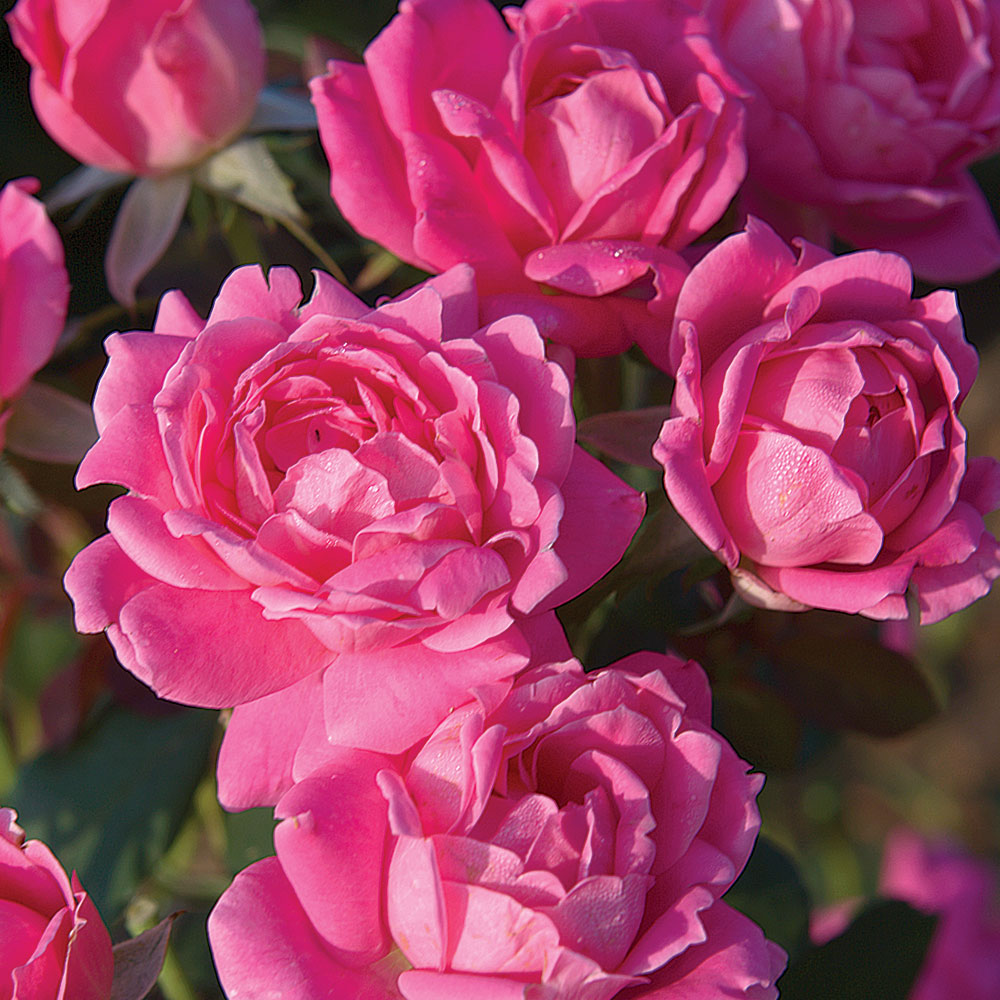)
)
)
)
;Resize=(300,300))
;Resize=(300,300))
)
)
)
)
;Resize=(300,300))
)
)
;Resize=(300,300))
;Resize=(300,300))















